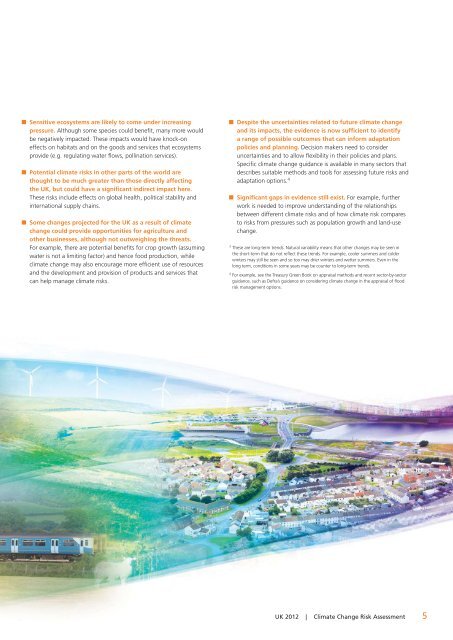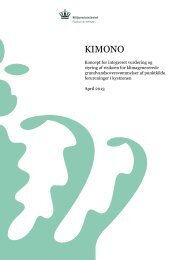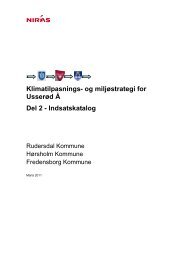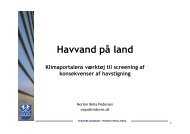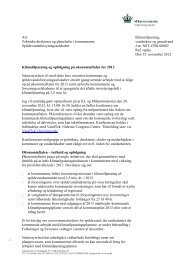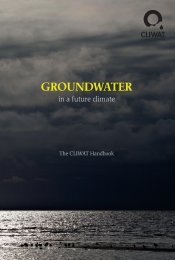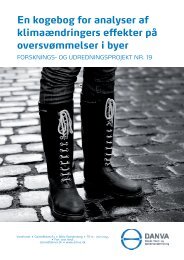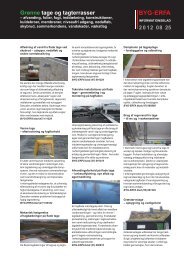Summary of key findings from the CCRA - Defra
Summary of key findings from the CCRA - Defra
Summary of key findings from the CCRA - Defra
You also want an ePaper? Increase the reach of your titles
YUMPU automatically turns print PDFs into web optimized ePapers that Google loves.
n Sensitive ecosystems are likely to come under increasing<br />
pressure. Although some species could benefit, many more would<br />
be negatively impacted. These impacts would have knock-on<br />
effects on habitats and on <strong>the</strong> goods and services that ecosystems<br />
provide (e.g. regulating water flows, pollination services).<br />
n Potential climate risks in o<strong>the</strong>r parts <strong>of</strong> <strong>the</strong> world are<br />
thought to be much greater than those directly affecting<br />
<strong>the</strong> UK, but could have a significant indirect impact here.<br />
These risks include effects on global health, political stability and<br />
international supply chains.<br />
n Some changes projected for <strong>the</strong> UK as a result <strong>of</strong> climate<br />
change could provide opportunities for agriculture and<br />
o<strong>the</strong>r businesses, although not outweighing <strong>the</strong> threats.<br />
For example, <strong>the</strong>re are potential benefits for crop growth (assuming<br />
water is not a limiting factor) and hence food production, while<br />
climate change may also encourage more efficient use <strong>of</strong> resources<br />
and <strong>the</strong> development and provision <strong>of</strong> products and services that<br />
can help manage climate risks.<br />
n Despite <strong>the</strong> uncertainties related to future climate change<br />
and its impacts, <strong>the</strong> evidence is now sufficient to identify<br />
a range <strong>of</strong> possible outcomes that can inform adaptation<br />
policies and planning. Decision makers need to consider<br />
uncertainties and to allow flexibility in <strong>the</strong>ir policies and plans.<br />
Specific climate change guidance is available in many sectors that<br />
describes suitable methods and tools for assessing future risks and<br />
adaptation options. 4<br />
n Significant gaps in evidence still exist. For example, fur<strong>the</strong>r<br />
work is needed to improve understanding <strong>of</strong> <strong>the</strong> relationships<br />
between different climate risks and <strong>of</strong> how climate risk compares<br />
to risks <strong>from</strong> pressures such as population growth and land-use<br />
change.<br />
3 These are long-term trends. Natural variability means that o<strong>the</strong>r changes may be seen in<br />
<strong>the</strong> short-term that do not reflect <strong>the</strong>se trends. For example, cooler summers and colder<br />
winters may still be seen and so too may drier winters and wetter summers. Even in <strong>the</strong><br />
long term, conditions in some years may be counter to long-term trends.<br />
4 For example, see <strong>the</strong> Treasury Green Book on appraisal methods and recent sector-by-sector<br />
guidance, such as <strong>Defra</strong>’s guidance on considering climate change in <strong>the</strong> appraisal <strong>of</strong> flood<br />
risk management options.<br />
UK 2012 | Climate Change Risk Assessment 5


